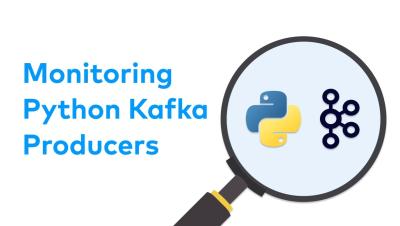Confluent Cloud for Apache Flink | Interactive Tables for Flink SQL Workspaces
When developing or debugging a stream processing pipeline with Flink SQL, it’s common to inspect each processing step's output to ensure data is being transformed properly. However, comprehending the resulting data stream's structure, distribution, and characteristics entails executing multiple ad-hoc SQL queries, which can be time-consuming and tedious. Additionally, isolating specific subsets of the stream for analysis or debugging often involves even more queries, adding to the complexity and time required.











